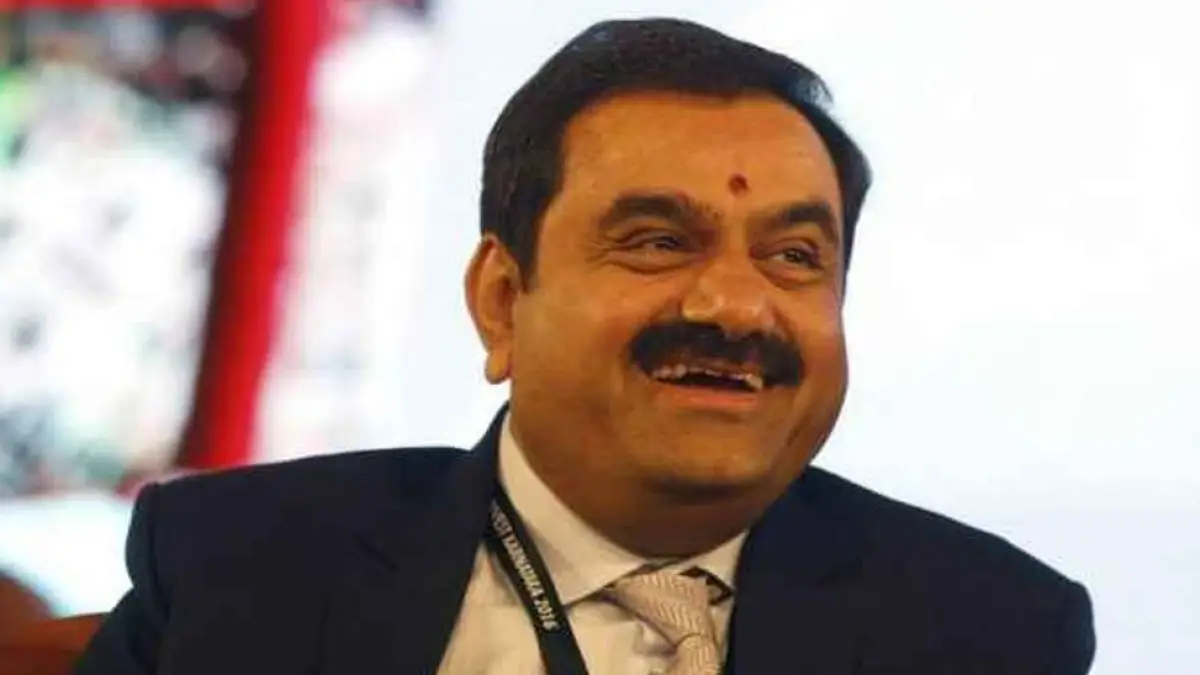Ankita Mukherjee, Pune
Mumbai is home to Dharavi, one of the biggest slums in Asia. The Adani Group outbid DLF (Delhi Land and Finance) for the right to reconstruct it, putting up an offer of Rs 5,069 crore as opposed to Rs 2,025 crore.
Dharavi is a valuable piece of real estate because of its proximity to business developments. Over 100,000 people are employed in the slum’s sizable informal economy, which occupies 2.8 square kilometers of space. Despite earlier failures, the Maharashtra government launched the project in 2003–2004, with Adani winning in 2023.

Within seven years, the rehabilitation seeks to accommodate slum residents and build infrastructure. Adani’s real estate subsidiary may also create a free-sale area for business use. There are worries about maintaining the local economy and culture. Residents and activists debate the project’s schedule and its effects on the neighborhood.
The history of Dharavi’s development goes as follows:
- When artisans moved to Dharavi in the 1800s along with Mumbai’s population growth, chaotic slum development resulted.
- The Maharashtra government established regulations from 1971 to 1976 to improve living conditions and provide services to slum dwellers.
- Maharashtra authorized the rehabilitation of Dharavi and set up a planning authority in 2004–2005.
- A non-governmental organization’s survey from 2007–2008 only included lower floor tenants and a steadily expanding informal population; it also revealed legal residents and commercial buildings.
- The state attempted to entice developers for Dharavi’s renovation until 2016 but was unsuccessful.
- Maharashtra published a tender in 2018 for a 7-year renovation involving 80% private investment and 20% public investment. SecLink of Dubai and Adani of India submitted bids.
- SecLink had the highest bid in 2019 at $871 million, followed by Adani at $548 million.
- Maharashtra cancelled the 2018 tender in 2020 due to rising land acquisition costs, which resulted in lawsuits.
- Maharashtra released a new tender in 2022 with altered conditions. SecLink did not submit a bid, while Adani made one of $614 million.
- The state gave Adani the project in 2023, which prompted legal actions, to which SecLink later included Adani. A claim of wrongdoing is refuted.
This timeline shows Dharavi’s development and many reconstruction attempts, including court cases and shifting proposals from well-known companies like SecLink and Adani.
